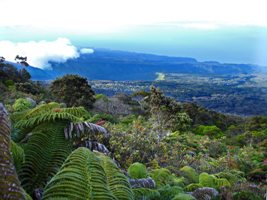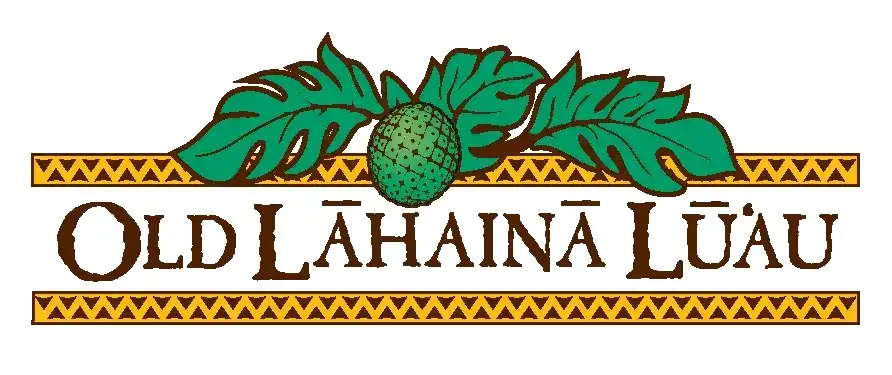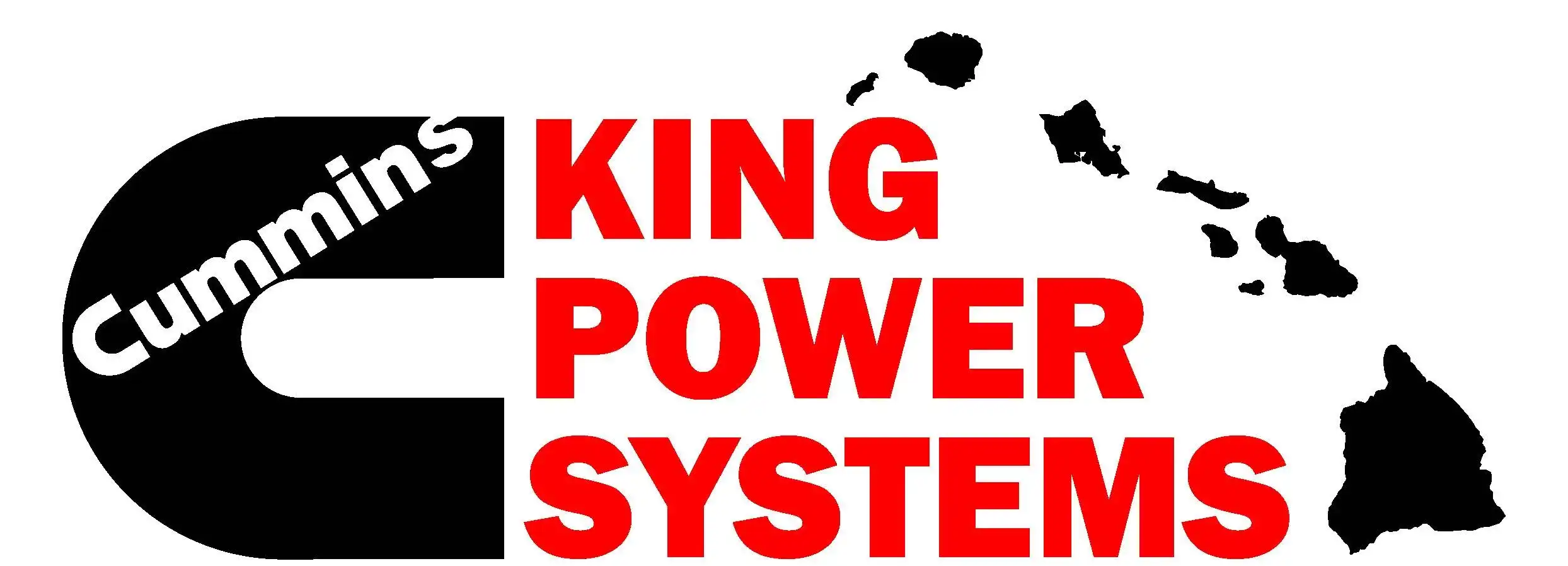FERAL FENCE SUCCESSFULLY SECURES NATIVE PLANTS AT MAUI’S WAIKAMOI PRESERVE
Efforts to protect shrub land and forest at Maui’s Waikamoi Preserve are proving successful. The Nature Conservancy of Hawaii says native species have staged a dramatic recovery, in some cases increasing native plant cover by 300 percent or more after hooved animals were fenced out.
The Nature conservancy conducted a survey in 1994 immediately after fencing and removing goats and pigs from part of the preserve. A second survey was completed last year.
Botanists who had recorded 7 native mamane trees at a test plot in 1994, returned to find 65 mamane plants on the same test plots 14 years later.
“The message is that it’s really worth protecting important native forests and watersheds from invasive animals. You really do get remarkable results,” said Mark L. White, Maui program director for The Nature Conservancy in a media release issued by the agency.
Scientists also recorded significant increases in native shrubs like pÅ«kiawe ‘Åhelo, mÄmane and the native fern ‘ama’u. At the same time, there was a recorded decline in the invasive alien velvetgrass and the native alpine hairgrass, Deschampsia nubigena.
The survey covered a 1,000-acre area between the 6,000 and 8,600 foot elevation within the Waikamoi Nature Preserve on the north slope of Haleakala.
The Nature Conservancy’s 5,230-acre Waikamoi Preserve is part of the East Maui watershed, which covers more than 100,000 acres and is home to 63 species of rare plants and 13 kinds of native birds.
Guy D. Hughes III, plant ecologist with the Kalaupapa National Historical Park on Moloka’i, who conducted both surveys, said the terrain clearly looks different and is continuing to change as it recovers from the goats and pigs.
“We attributed the greatest magnitude of change to be a release from extensive ungulate browsing, trampling, and rubbing,” Hughes’ report said.
Results from the Waikamoi survey can be viewed at a poster session during this week’s Hawai’i Conservation Conference on Wednesday, July 29, at the Hawai’i Convention Center.
(Posted by Wendy Osher, Information obtained through The Nature Conservancy of Hawaii Press Release; Images courtesy: Guy D. Hughes III)










